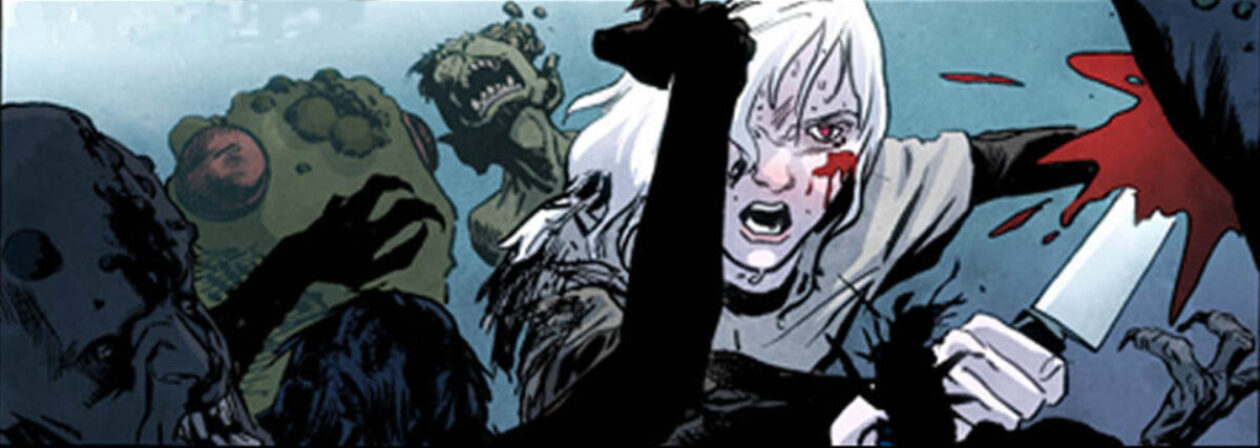There are a number of different audiences for your portfolio at a convention, and you should decide before getting into a long line who you want to show your work to and why.
Mainstream editors and art directors :
These are generally the only people who can get you paying work; the former at comics publishers, the latter if you’re selling illustration rather than storytelling. More often than not, their critique, (if they offer one at all) will be based on what they’d need to see for them to consider hiring you. Their comments often won’t have anything to do with making your work better, just more marketable to their company at that particular time. They’ll be exhausted and stressed out with serious convention tension, and may be rude to you. It isn’t personal. When getting in line at a big company, find out who is doing the portfolio reviews. Sometimes it’s an editor who can hire you, sometimes it’s just someone from marketing or even another freelancer.
Small and independent press publishers:
Some of these only want to look at projects, not portfolios. Others are willing to help assemble teams. The editors and publishers you’ll meet at these tables run the gamut. Many are sensitive and thoughtful people with a love of the medium and a real concern for the needs of art. Others are some of the sleaziest fleabag pimps you can imagine. And please be sure to look over their books before you plop your portfolio down. A little familiarity with the work they publish goes a long way.
Established professionals:
They’re often busy, but if you catch them when they’re not, you can get good feedback from someone who has wrestled with the same problems that are troubling you. They can’t find you work, or do your career much good, but some can teach you quite a bit about craft and technical matters, and a few can even help you develop as an artist.
Writers:
They aren’t often set up at tables but sometimes you can catch one in a receptive mood. They usually can’t do much for you, but a lot of writers take on editorial positions at some point, and sometimes they’re on the look-out for a collaborator. Can’t hurt. Just remember that writers’ positions in the industry are even more unsteady than artists’, and that they may well need to run off and try to hustle up their own next job.
Your peers:
Their egos are as fragile as yours, but you can commiserate, and share tips and maybe find a collaborator or even a friend.
The important thing to keep in mind is this: The more thorough the critique, the more grateful you should be. It takes effort and energy to describe the problems in a page, none at all to say “nice job.” Whatever criticism they offer, do not, under any circumstances, offer an excuse. Say “hmm,” and nod sagely and maybe ask for clarification. Don’t say “I had to rush through that page,” or “Well this is just a first attempt,” or “I’d fix that in the inks.” Do that when someone is taking his valuable time to help you, and you might as well drop your chinos and take a whiz on the table in front of him. Everyone I know who reviews portfolios absolutely hates samples that come with excuses. Show your best, or don’t bother showing. And do not, under any circumstances, respond by questioning your critic’s judgment or ability. No one will react to that by re-evaluating their initial impression. They’ll just write you off as a clueless egomaniac.
In all cases, keep your presentation short and slick. If you’re pitching a series, follow the elevator rule– you have the length of an elevator ride to make a publisher want to hear more. Show only your best stuff. Eight good pages are better than eight good and five so-so. I like to offer a choice of viewing the pages in their portfolio or in a binder of reduced xeroxes. Have a small package of copies to leave behind, (they probably won’t take it back to the office, but it doesn’t hurt.) Give them your card, get their contact info and follow up with an email and a link to your online portfolio.
I won’t give you any tips on manners or hygiene. Just be clean and polite.
